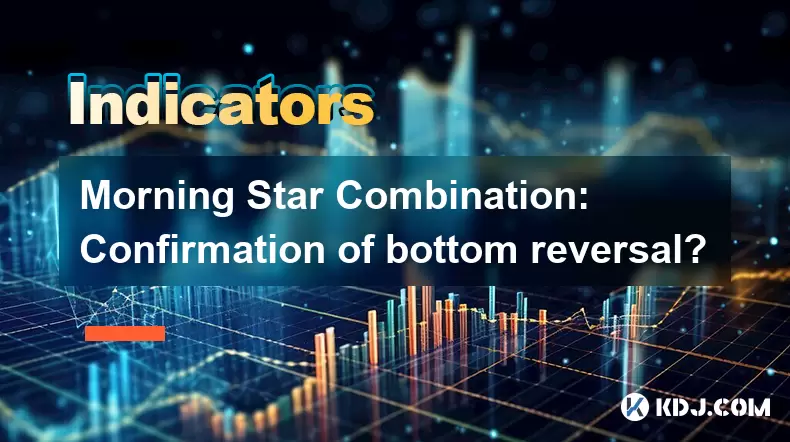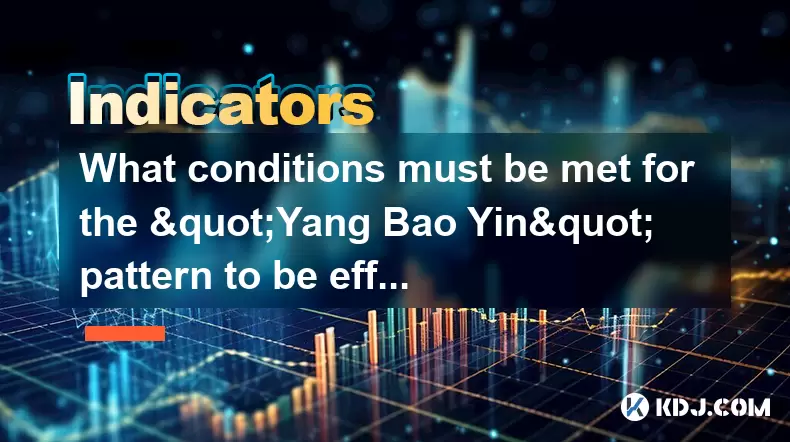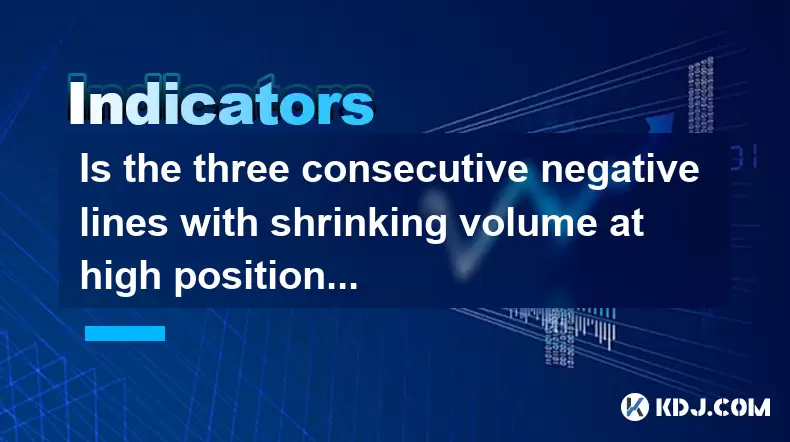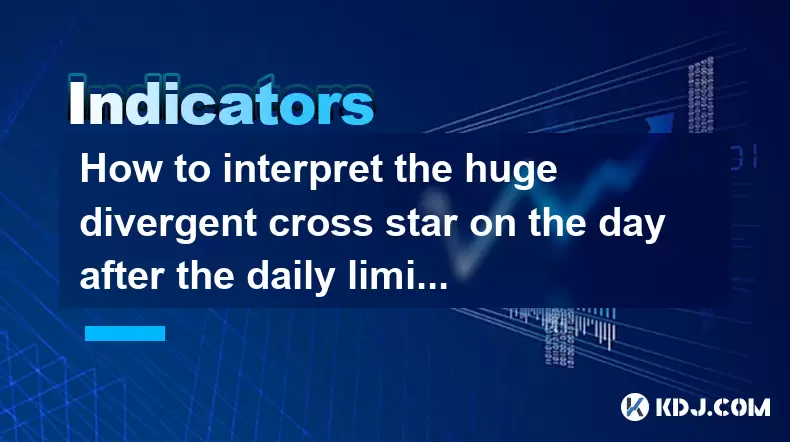-
 Bitcoin
Bitcoin $105,053.8967
0.28% -
 Ethereum
Ethereum $2,536.9103
0.49% -
 Tether USDt
Tether USDt $1.0004
0.01% -
 XRP
XRP $2.1735
1.51% -
 BNB
BNB $650.9659
-0.36% -
 Solana
Solana $146.0013
1.03% -
 USDC
USDC $1.0000
0.01% -
 Dogecoin
Dogecoin $0.1776
1.66% -
 TRON
TRON $0.2700
-1.20% -
 Cardano
Cardano $0.6367
0.08% -
 Hyperliquid
Hyperliquid $41.5154
4.36% -
 Sui
Sui $3.0303
1.00% -
 Bitcoin Cash
Bitcoin Cash $436.0395
5.03% -
 Chainlink
Chainlink $13.1926
-0.32% -
 UNUS SED LEO
UNUS SED LEO $9.0306
-0.41% -
 Stellar
Stellar $0.2595
0.37% -
 Avalanche
Avalanche $19.1528
0.37% -
 Toncoin
Toncoin $3.0008
1.46% -
 Shiba Inu
Shiba Inu $0.0...01218
4.24% -
 Hedera
Hedera $0.1597
4.06% -
 Litecoin
Litecoin $86.1907
2.88% -
 Polkadot
Polkadot $3.8078
-0.27% -
 Ethena USDe
Ethena USDe $1.0005
0.02% -
 Monero
Monero $315.3789
0.26% -
 Dai
Dai $0.9999
0.01% -
 Bitget Token
Bitget Token $4.5446
0.46% -
 Pepe
Pepe $0.0...01114
4.48% -
 Uniswap
Uniswap $7.3261
1.15% -
 Pi
Pi $0.5867
5.21% -
 Aave
Aave $276.8268
-2.40%
Morning Star Combination: Confirmation of bottom reversal?
The Morning Star pattern, a three-candle formation, signals potential bottom reversals in crypto markets, with a long bearish, small-bodied, and long bullish candle sequence.
Jun 09, 2025 at 04:42 am

The Morning Star combination is a significant candlestick pattern that many traders and analysts use to identify potential bottom reversals in the cryptocurrency market. This pattern, which appears over three trading sessions, signals that a bearish trend may be coming to an end and a bullish trend may be starting. Understanding the components and implications of the Morning Star pattern is crucial for anyone looking to leverage this signal in their trading strategy.
Components of the Morning Star Pattern
The Morning Star pattern consists of three specific candlesticks that follow a particular sequence. Recognizing these components accurately is essential for confirming the pattern's validity.
First Candlestick: The first candlestick in the Morning Star pattern is a long bearish candle. This candle indicates strong selling pressure and confirms the continuation of the downtrend. It should have a long body, signifying that the sellers dominated the trading session.
Second Candlestick: Following the bearish candle, the second candlestick is a small-bodied candle, which can be either bullish or bearish. This candle is crucial as it represents a period of indecision in the market. The small body suggests that neither buyers nor sellers have a clear advantage, and it often gaps away from the first candle's closing price.
Third Candlestick: The final candlestick in the pattern is a long bullish candle. This candle should open above the close of the second candle and close well into the body of the first bearish candle. The presence of this bullish candle signals that buyers have taken control and that the downtrend may be reversing.
Confirmation of Bottom Reversal
While the Morning Star pattern itself is a strong indicator of a potential bottom reversal, traders often seek additional confirmation to increase the reliability of their trading decisions.
Volume Analysis: One way to confirm a bottom reversal is by analyzing the trading volume. An increase in volume during the formation of the third bullish candle can indicate strong buying interest and reinforce the reversal signal. Conversely, if the volume remains low, the validity of the reversal might be questioned.
Support Levels: Another method for confirming the reversal is to look at key support levels. If the third bullish candle closes above a significant support level, it adds credibility to the reversal signal. Traders often use historical data to identify these levels and monitor price action around them.
Technical Indicators: Utilizing technical indicators such as the Relative Strength Index (RSI) or the Moving Average Convergence Divergence (MACD) can provide further confirmation. For instance, if the RSI moves from an oversold condition to above 30, it can support the notion of a bottom reversal. Similarly, a bullish crossover in the MACD can reinforce the signal from the Morning Star pattern.
Practical Example of the Morning Star Pattern
To illustrate how the Morning Star pattern works in the cryptocurrency market, let's consider a hypothetical example involving Bitcoin (BTC).
Day 1: Bitcoin experiences a significant sell-off, closing at $30,000 after opening at $32,000. The candlestick for this day is a long bearish candle, indicating strong bearish momentum.
Day 2: The next day, Bitcoin opens at $29,800 and closes at $30,200. The candlestick for this day is small, showing indecision in the market. This small-bodied candle forms a gap from the previous day's closing price.
Day 3: On the third day, Bitcoin opens at $30,300 and closes at $32,500. The candlestick for this day is a long bullish candle, closing well into the body of the first bearish candle. This signals a potential reversal from the downtrend.
In this example, the Morning Star pattern suggests that the bearish trend in Bitcoin may be reversing. To confirm this, a trader would look for an increase in trading volume on Day 3 and check if the closing price of $32,500 is above a key support level. Additionally, if the RSI moves from below 30 to above 30 during this period, it would further support the reversal signal.
Trading Strategies Using the Morning Star Pattern
Traders can use the Morning Star pattern as part of their trading strategy to capitalize on potential bottom reversals. Here are some strategies that incorporate this pattern:
Entry Point: Once the Morning Star pattern is confirmed, traders can enter a long position at the opening of the next candlestick after the third bullish candle. This approach allows them to ride the potential upward trend.
Stop-Loss: To manage risk, traders should set a stop-loss order just below the low of the Morning Star pattern. This level acts as a safety net, helping to limit potential losses if the reversal fails to materialize.
Take-Profit: Traders can set take-profit levels based on resistance levels identified from historical data. For instance, if the previous resistance level for Bitcoin was at $35,000, a trader might set a take-profit order near this level.
Combining with Other Patterns: To enhance the reliability of the Morning Star pattern, traders can combine it with other bullish reversal patterns, such as the Hammer or the Bullish Engulfing pattern. This multi-pattern approach can provide a stronger signal for entering a long position.
Potential Pitfalls and Considerations
While the Morning Star pattern is a powerful tool for identifying bottom reversals, it is not infallible. Traders should be aware of potential pitfalls and consider additional factors before making trading decisions.
False Signals: The Morning Star pattern can sometimes produce false signals, especially in highly volatile markets. Traders should not rely solely on this pattern and should use other indicators and analysis methods to validate their decisions.
Market Context: The effectiveness of the Morning Star pattern can vary depending on the broader market context. For instance, during a strong bearish market, even a confirmed Morning Star pattern might not lead to a sustained reversal. Traders should consider the overall market sentiment and macroeconomic factors.
Timeframe: The reliability of the Morning Star pattern can also depend on the timeframe being analyzed. Patterns identified on longer timeframes, such as daily or weekly charts, tend to be more reliable than those on shorter timeframes like hourly charts.
Frequently Asked Questions
Q: Can the Morning Star pattern be used for short-term trading?
A: Yes, the Morning Star pattern can be used for short-term trading, but its reliability may vary depending on the timeframe. Traders using this pattern for short-term trades should combine it with other indicators and pay close attention to volume and support levels to increase the chances of success.
Q: Is the Morning Star pattern more effective in certain cryptocurrencies?
A: The effectiveness of the Morning Star pattern does not inherently depend on the specific cryptocurrency. However, the pattern may be more reliable in cryptocurrencies with higher liquidity and trading volumes, such as Bitcoin and Ethereum, as these markets tend to have more stable price movements and clearer trend formations.
Q: How can I improve the accuracy of the Morning Star pattern in my trading strategy?
A: To improve the accuracy of the Morning Star pattern, consider the following strategies:
- Use Multiple Timeframes: Confirm the pattern across different timeframes to increase its reliability.
- Combine with Other Indicators: Use technical indicators like RSI, MACD, and moving averages to validate the reversal signal.
- Monitor Volume: Ensure that there is a significant increase in volume during the formation of the third bullish candle.
- Backtest Your Strategy: Use historical data to backtest your trading strategy and refine it based on past performance.
Q: Can the Morning Star pattern be used to predict long-term trends?
A: While the Morning Star pattern can signal a potential bottom reversal, it is primarily used for identifying short to medium-term trend changes. For long-term trend prediction, traders should consider broader market analysis, including fundamental factors and long-term technical indicators.
Disclaimer:info@kdj.com
The information provided is not trading advice. kdj.com does not assume any responsibility for any investments made based on the information provided in this article. Cryptocurrencies are highly volatile and it is highly recommended that you invest with caution after thorough research!
If you believe that the content used on this website infringes your copyright, please contact us immediately (info@kdj.com) and we will delete it promptly.
- Rexas Finance (RXS), Sui (SUI), Shiba Inu (SHIB), and Hedera (HBAR): 4 Cryptos to Watch in 2024
- 2025-06-14 21:50:12
- As Over $90 Billion in TVL Remains Untapped, a New Generation of Crypto Companies Emerges
- 2025-06-14 21:50:12
- Mutuum Finance (MUTM) Pre-Sale Raises $7.3M Awaiting 20% Cost Increase to $0.03
- 2025-06-14 21:45:12
- USD/CAD Depreciates as US Dollar Remains Subdued
- 2025-06-14 21:45:12
- Tariff Tensions Reinforce JPY Safe-Haven Appeal
- 2025-06-14 21:40:13
- President Trump's upcoming 100-day speech has attracted great attention in the cryptocurrency field.
- 2025-06-14 21:40:13
Related knowledge

How to calculate the probability of trend continuation after the MACD column divergence?
Jun 14,2025 at 08:01am
Understanding MACD Column DivergenceThe Moving Average Convergence Divergence (MACD) is a widely used technical indicator in cryptocurrency trading. The MACD column, also known as the histogram, represents the difference between the MACD line and the signal line. When price makes a new high or low but the MACD histogram does not confirm this movement, a...

What are the volume requirements for adjusting the K line in the "rising three methods" pattern?
Jun 14,2025 at 07:50am
Understanding the 'Rising Three Methods' Pattern in Cryptocurrency TradingThe 'rising three methods' pattern is a bullish continuation candlestick formation that traders often use to identify potential upward momentum in cryptocurrency price charts. This pattern typically appears during an uptrend and suggests that the trend is likely to continue after ...

What conditions must be met for the "Yang Bao Yin" pattern to be effective?
Jun 14,2025 at 06:42am
Understanding the 'Yang Bao Yin' Pattern in Cryptocurrency TradingThe Yang Bao Yin pattern is a candlestick formation commonly observed in technical analysis within the cryptocurrency market. This pattern typically signals a potential bullish reversal after a downtrend. However, for this pattern to be effective and reliable, certain conditions must be m...

Is the three consecutive negative lines with shrinking volume at high positions a signal that the main force has finished shipping?
Jun 14,2025 at 09:56am
Understanding the Concept of Three Consecutive Negative LinesIn cryptocurrency trading, three consecutive negative lines refer to a situation where an asset's price chart shows three successive candlesticks with closing prices lower than their opening prices. This pattern typically indicates bearish sentiment in the market. When this occurs at high posi...

Is it an opportunity for the long positive line with large volume to break through the platform and then shrink back?
Jun 14,2025 at 04:42am
Understanding the Long Positive Line with Large VolumeIn technical analysis, a long positive line refers to a candlestick pattern where the closing price is significantly higher than the opening price, often indicating strong buying pressure. When this occurs alongside large volume, it suggests that market participants are actively involved in pushing t...

How to interpret the huge divergent cross star on the day after the daily limit?
Jun 14,2025 at 02:35pm
Understanding the Divergent Cross Star PatternIn the realm of technical analysis within cryptocurrency trading, candlestick patterns are essential tools for predicting price movements. One such pattern is the divergent cross star, which appears as a doji or near-doji candle following a significant price move. When this pattern occurs the day after a dai...

How to calculate the probability of trend continuation after the MACD column divergence?
Jun 14,2025 at 08:01am
Understanding MACD Column DivergenceThe Moving Average Convergence Divergence (MACD) is a widely used technical indicator in cryptocurrency trading. The MACD column, also known as the histogram, represents the difference between the MACD line and the signal line. When price makes a new high or low but the MACD histogram does not confirm this movement, a...

What are the volume requirements for adjusting the K line in the "rising three methods" pattern?
Jun 14,2025 at 07:50am
Understanding the 'Rising Three Methods' Pattern in Cryptocurrency TradingThe 'rising three methods' pattern is a bullish continuation candlestick formation that traders often use to identify potential upward momentum in cryptocurrency price charts. This pattern typically appears during an uptrend and suggests that the trend is likely to continue after ...

What conditions must be met for the "Yang Bao Yin" pattern to be effective?
Jun 14,2025 at 06:42am
Understanding the 'Yang Bao Yin' Pattern in Cryptocurrency TradingThe Yang Bao Yin pattern is a candlestick formation commonly observed in technical analysis within the cryptocurrency market. This pattern typically signals a potential bullish reversal after a downtrend. However, for this pattern to be effective and reliable, certain conditions must be m...

Is the three consecutive negative lines with shrinking volume at high positions a signal that the main force has finished shipping?
Jun 14,2025 at 09:56am
Understanding the Concept of Three Consecutive Negative LinesIn cryptocurrency trading, three consecutive negative lines refer to a situation where an asset's price chart shows three successive candlesticks with closing prices lower than their opening prices. This pattern typically indicates bearish sentiment in the market. When this occurs at high posi...

Is it an opportunity for the long positive line with large volume to break through the platform and then shrink back?
Jun 14,2025 at 04:42am
Understanding the Long Positive Line with Large VolumeIn technical analysis, a long positive line refers to a candlestick pattern where the closing price is significantly higher than the opening price, often indicating strong buying pressure. When this occurs alongside large volume, it suggests that market participants are actively involved in pushing t...

How to interpret the huge divergent cross star on the day after the daily limit?
Jun 14,2025 at 02:35pm
Understanding the Divergent Cross Star PatternIn the realm of technical analysis within cryptocurrency trading, candlestick patterns are essential tools for predicting price movements. One such pattern is the divergent cross star, which appears as a doji or near-doji candle following a significant price move. When this pattern occurs the day after a dai...
See all articles

























































































